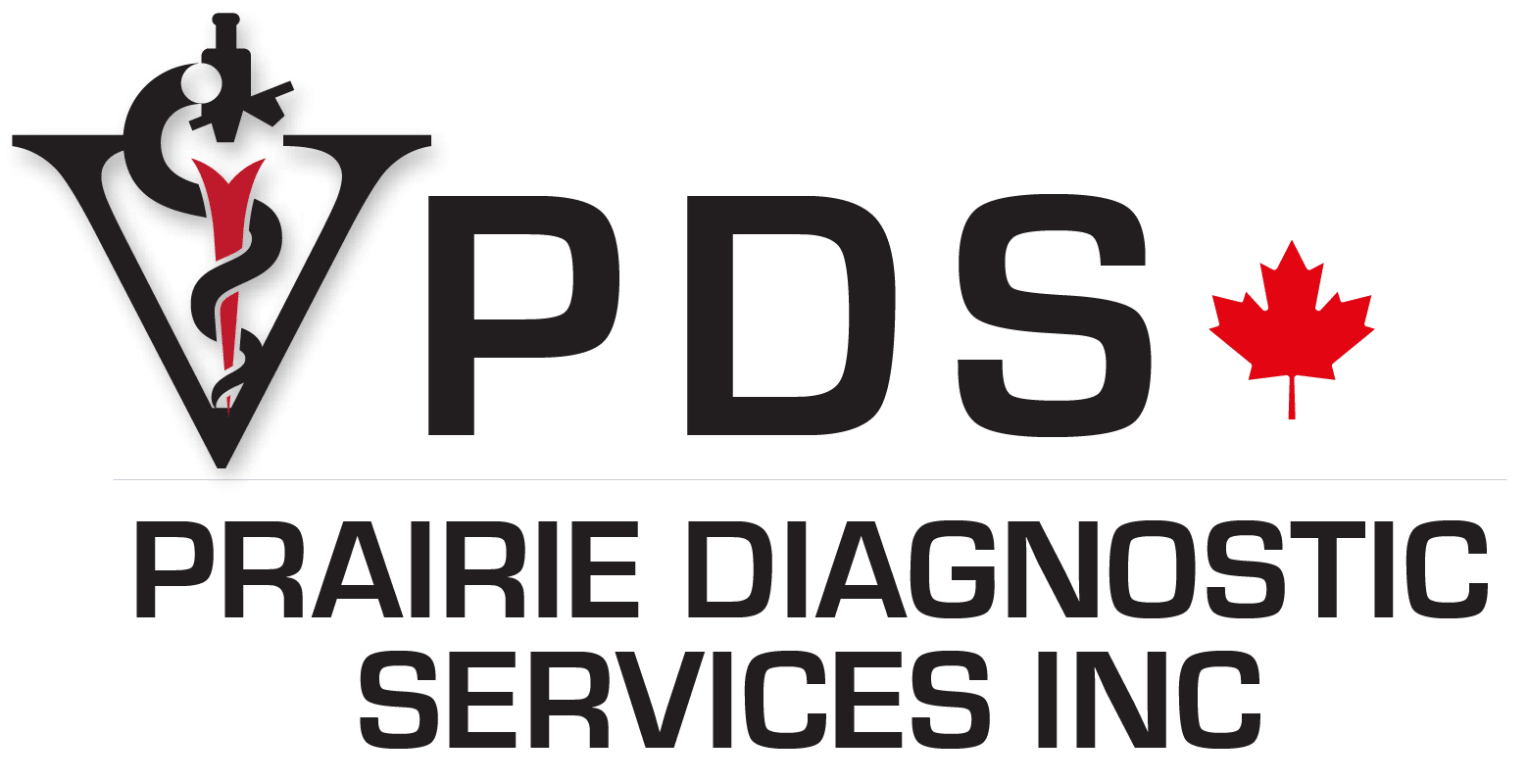Sample preparation fee will apply for submissions to the Microbiology Laboratory that are too large to process in the Microbiology Laboratory. The fees are as follows:
- Sample that requires trim down for processing in the Microbiology lab (e.g., liver or placenta section submitted to Micro that is too large to process in that lab) – $50.00.
- Sample that requires tissue collection for Microbiology testing that requires consultation with the pathologist such as collecting samples from a whole piglet or taking a joint swab from a leg – $80.00.
Bacteriology/Parasitology Submissions
For the diagnosis of bacterial disease, it is important that samples reach the Bacteriology Laboratory as soon as possible after collection.
To prevent bacterial multiplication, it is recommended to maintain the sample at refrigerator temperature until samples reach the lab. However, if anaerobes are suspected, samples should be maintained at room temperature.
Procedures for processing clinical samples for bacteriology analyses depend widely upon the disease or microorganisms suspected to induce clinical signs of disease. Therefore, an adequate clinical history with suggestions by the attending veterinarian as to the disease or diseases suspected is extremely important for the clinical Bacteriology, Mycology and Parasitology Laboratory.
Samples should be taken from living or recently dead animals, from the affected site(s) as early as possible following the onset of clinical signs. In some cases, it is necessary to collect these samples from the edge of the lesions and include some macroscopically normal tissue.
- Collect samples aseptically and before administration of any form of treatment.
Material sent on swabs is liable to desiccation. Moisten swabs with sterile saline or water.
When requesting a fecal culture and parasitology, please submit approximately 10 g of feces.
The differences between a Routine Flotation and a Modified Wisconsin are as follows:
- Routine Flotation is a semi quantitative test and reported as 1+, 3+ etc.
- Modified Wisconsin requires 5 g of feces that is weighed out and each different type of parasite egg, oocyst or cyst is counted for a more exact measurement of parasite load.
Sample collection/shipping
- Tissues: placed in a sealed leak proof rigid container. Plastic bags are not recommended. One tissue per container. Can ship on ice.
- Swabs: are submitted quite often. Please choose one that has a non-nutritional transport medium (gel media) to ensure they do not become desiccated.
- Milk: collected aseptically in a sterile screw-capped tube or bottle.
- Urine: collected aseptically by midstream, catheter or preferably by cystocentesis.
- Feces: should be obtained directly from the rectum. Ground droppings should be avoided because of environmental contamination.
- Blood: collected aseptically in volume of 1 ml to 5 ml for small animals, and 5 ml to 10 ml for large animals. Three to four samples are necessary.
- Skin Scrapings for mycology examination should be taken at the edge of the active lesion and submitted in a cotton plugged test tube or envelope.
Samples suspected of containing significant anaerobes should be placed in special commercial transport system for organs or screw cap tubes containing oxygen-free gas for swabs.
Antimicrobial susceptibility testing (AST): Interpretation of results
The Bacteriology laboratory usually provides one AST for the most significant pathogen in any given case. When multiple pathogens are isolated, clients are kindly asked to submit a formal request if they would like additional ASTs performed (additional charges will apply).
AST results are interpreted according to Clinical and Laboratory Standards Institute (CLSI) guidelines. However, CLSI doesn’t provide AST interpretation criteria for all the bacterial spp. isolated from clinical cases. In such cases, results are reported as “No interpretation criteria available” (N/I). However, N/I does not imply that therapy would be either successful or unsuccessful, but rather that good clinical judgment should be used in selecting a dosing regimen for the related antimicrobial drug.
Diagnosticians are not allowed to provide any therapeutic suggestions, however, according to the test results, they can predict the possible clinical outcome if an appropriate antimicrobial drug is used. It is strongly suggested that clinicians consult appropriate reference materials for treatment options in cases where antimicrobial breakpoints are not available.
